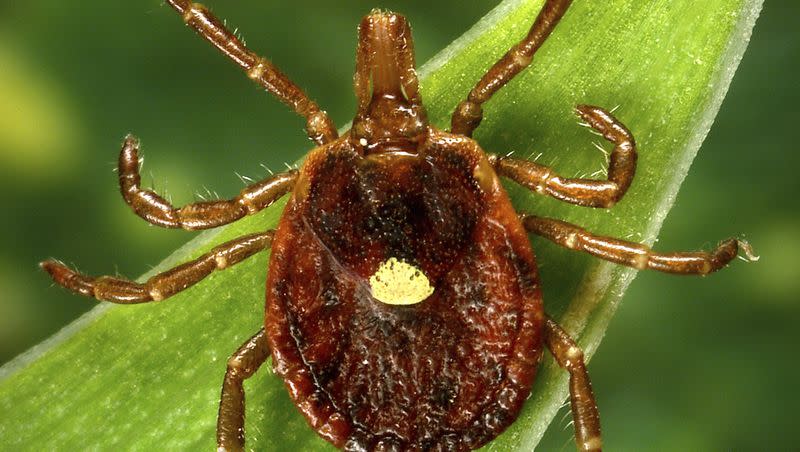Tick bite could lead to life-threatening allergy, CDC says

As many as 450,000 Americans could be affected by a potentially life-threatening allergic condition — Alpha-gal syndrome — according to an announcement Thursday from the Centers for Disease Control and Prevention.
Alpha-gal syndrome, or AGS, causes someone to have an allergic reaction to a specific sugar found in red meat and dairy products, but symptoms usually do not surface until four to six hours after eating, CNN said.
The news release said researchers have discovered a lone star tick bite could give someone the condition, though other tick species might also cause the condition; that’s not confirmed yet.
The CDC’s Morbidity and Mortality Weekly Report said symptoms range in severity from rash to gastrointestinal upset to life-threatening anaphylaxis.
“Because the diagnosis of alpha-gal syndrome requires a positive diagnostic test and a clinical exam, and some individuals with alpha-gal syndrome may not get tested,” the estimated number of AGS cases has significantly increased after its link to tick bites was discovered, the CDC said.
Related
Lone star ticks
According to The Guardian, evidence suggests that the saliva from a lone star tick could contain the specific sugar that triggers AGS.
Dr. Scott Commins, a University of North Carolina researcher and co-author of both papers published by the CDC, told The Associated Press that “The tick bites are central to this. They perpetuate the allergy.”
Commins has seen the allergy fade in about 15% to 20% of his patients and said avoiding another tick bite is key, per The Associated Press.
The CDC Tick ID said the lone star tick, “widely distributed in the eastern United States, but more common in the South,” is very aggressive and adult female ticks can be identified through a white dot on their back.
Related
Ann Carpenter, epidemiologist and lead author on one of the papers, said in the release, “It’s critical for clinicians to be aware of AGS so they can properly evaluate, diagnose and manage their patients and also educate them on tick-bite prevention to protect patients from developing this allergic condition.”
“According to one of the reports, 42% of 1,500 doctors surveyed had never heard of AGS while 35% reported that they were ‘not too confident’ in their ability to diagnose AGS or to manage patients with AGS,” per The Guardian.
The Associated Press said while no confirmed deaths from the condition have been reported, people who live with the condition describe “it as bewildering and terrifying.”

